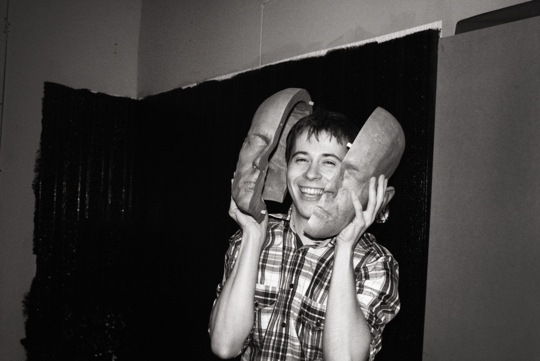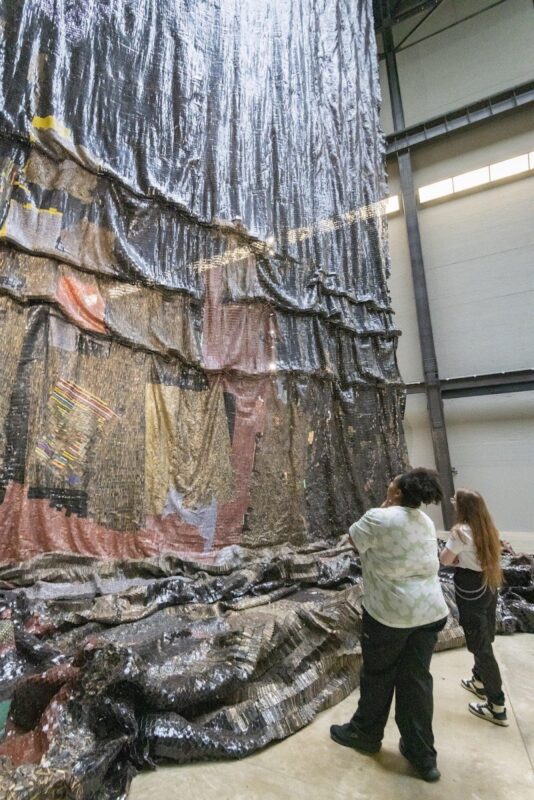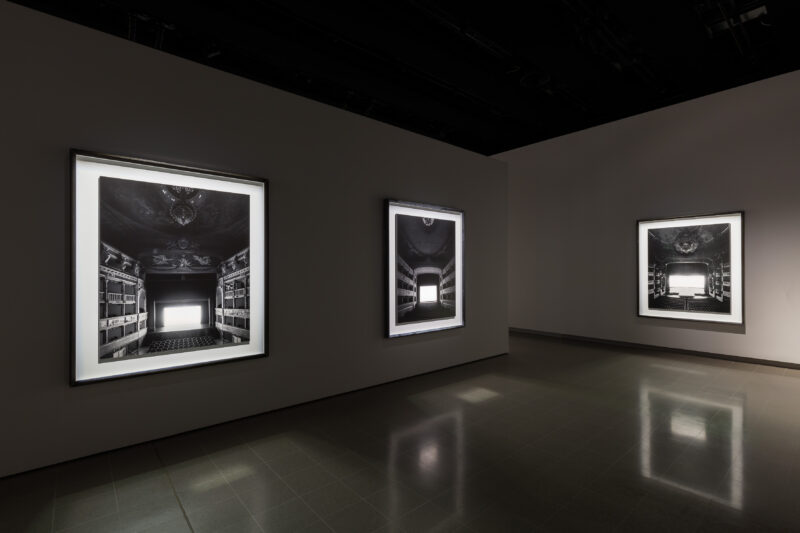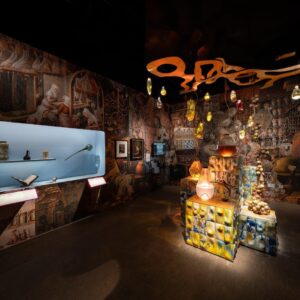
1.If you weren’t an artist, what else would you be?
I have been interested in psychology for a long time, and I think it’s likely I will have followed my interest in people and the importance of our childhoods through studying developmental psychology and psychoanalysis, perhaps leading on to a career in counselling.
2. Can you tell us more about your work and what are the main ideas you would like to express?
For the past 8 years I have been making work involving my parents and self, exploring our characters and relationships from childhood through to adulthood. My parents played important roles in socialising me as I’ve grown up, during which I’ve learnt to think outside of this reality I’ve been born into. I attempt to strip back these years of conditioning and go back to a time where I had yet to discover what was normal and abnormal, what we are expected to do and ways in which we are expected to think. To escape traditions, social norms and go back to my raw, natural, intuitive childhood self.
Through making seemingly artificial photographs of alternative realities juxtaposed I reference the cartoonesque and performative and attempt to suspend the viewer’s belief of what’s real and what’s not. This confusion of reality is a departure from my adulthood assumptions about the world, and is the keystone back to a childhood state of mind where anything is possible. In this state of mind I love the ability to think without boundaries, categories and words and through the work I attempt to blur boundaries between child and adult, self and other, human and animal, fear and desire. With these I have the tools to question my beliefs and where they have come from, and think about the natural being inside my cultural mask.
3. How do you start the process of making work?
The way I like to make work is an intuitive one, which often reminds me of playing as a child. I have an idea that feels right to me, before I know why. It seems to take my thoughts a while to catch up with my feelings, and attempt to communicate what the feelings are about.
4. Do you consider the viewer, when making your work?
Yes, I find the viewer important. There is so much that I get from the work personally, and a lot of the work is a personal exploration, and showing the work to others, expressing these ideas and putting them out there, hearing the thoughts and perspectives of other people are all important to this personal exploration. Most of all I find my parents important viewers to the work.
5. Name 3 artists that have inspired your work?
Georgina Starr
Paul McCarthy
Paula Rego
6. Name 3 of your least favourite artists.
I can’t think of any!
7. What defines something as a work of art?
Because the maker says it is!
I love that we can ask this question – it just goes to show how open art is – there is so much scope, so much possibility, all boundaries are blurred and as artists we can do anything!
8. In times of austerity, do you think art has a moral obligation to respond topically?I feel in times of austerity topical responses are likely to arise in people’s work naturally – yet at the same time we don’t need to confine our ideas to the same thing, we need to create work that us as individuals feel is right.
9. Anytime, any place – which artist’s body would you most like to inhabit?
Francis Bacon, I would love to see his ideas from the inside.
10. What is your favourite ‘ism’?
Surrealism – I feel surrealism is a way of linking us back to a child’s state of mind, before both normality and absurdity existed, and when our minds were at our most open and playful. I love turning normal on it’s head and seeing the world a-new.
11. What was the most intelligent thing that someone said or wrote about your work?
I was once having a difficult time making work, where I felt stuck and confused. I didn’t know what I wanted to say or how I was going to say it, and I told my tutor at the time, Roger Ackling that I was in a crisis point with the work.
‘Lucky you’ he said. ‘It would be far worse to be in a situation that’s static, where everything stays the same and there’s little progression. Having a crisis point is a sign to you that things need to change, and change for the better.’
12. And the dumbest?
Simply the word ‘weird’, I like it when people challenge themselves and dig a little deeper and explore why it appears weird, and what sort of weird it is – what it tells them about what the artist is trying to say and what it tells them about themselves.
13. Which artists would you most like to rip off, sorry, I mean appropriate as a critique of originality and authorship?
To make another person’s work would deny the importance of where my work comes from, so to make another person’s work would leave me feeling cold towards it. Yet saying this I’m contradicting myself – as I’m often inspired by aspects of other artist’s work – the artificiality of Paul McCarthy’s work, the humanity and questions of identity in Georgina Starr’s work, the role reversals of Paula Rego’s work. Yet I’m seeing myself when I see these aspects of their work. Not everyone sees the same thing, so when we adopt aspects of other’s work it can be a way of making it our own – mixing it with other things to make something new, and closer to what we’re trying to say.
14. Do you care what your art costs? State your reasons!
Yes, yet each piece is worth £0.01 and £1,000,000,000 at the same time. Introducing money is confusing different sets of values. Yet selling work can mean it goes to a person or institution who will enjoy and look after the piece, and the money can help to produce new work.
15. If Moma and the Tate and the Pompidou wanted to acquire one of your works each, which would you want them to have?
The most recent! I often feel my favourite piece of work is the most recent piece – and the reason for this is that I see each piece of work as a stepping stone to the next, so each new piece is a step further on the journey.
16. What’s next for you?
I’m currently preparing for solo shows at FaMa Gallery in Verona, White Project in Paris and Simon Oldfield Gallery in London, and am showing at the Saatchi Gallery this April as part of the Out of Focus show.
I’m making animatronic body parts cast from my parents, and prosthetic masks of their faces to wear in the photographs that look so real I can’t tell the difference between them and their silicone counterparts! I’ve also a studio in Bermondsey where I’m building distorted domestic scenes for the photographs.
Jonny Briggs has been shortlisted for the Catlin Prize 2012, the exhibition runs from 3rd-25th May at the Londonewcastle Project Space. www.artcatlin.com
Read interview number TWO Adeline de Monseignat :www.fadwebsite.com/adeline-de-monseignat
Read Max Dovey Interview number THREE:www.fadwebsite.com/max-Dovey
Read interview number FOUR: Julia Vogl









